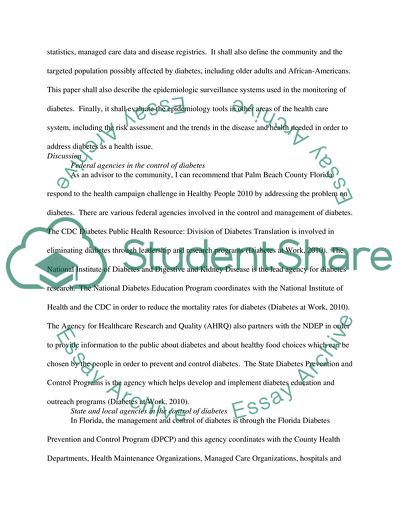Cite this document
(Mechanisms of Coping with Diabetes Essay Example | Topics and Well Written Essays - 1750 words, n.d.)
Mechanisms of Coping with Diabetes Essay Example | Topics and Well Written Essays - 1750 words. https://studentshare.org/health-sciences-medicine/1735591-health-campaign-part-i-on-diabetes
Mechanisms of Coping with Diabetes Essay Example | Topics and Well Written Essays - 1750 words. https://studentshare.org/health-sciences-medicine/1735591-health-campaign-part-i-on-diabetes
(Mechanisms of Coping With Diabetes Essay Example | Topics and Well Written Essays - 1750 Words)
Mechanisms of Coping With Diabetes Essay Example | Topics and Well Written Essays - 1750 Words. https://studentshare.org/health-sciences-medicine/1735591-health-campaign-part-i-on-diabetes.
Mechanisms of Coping With Diabetes Essay Example | Topics and Well Written Essays - 1750 Words. https://studentshare.org/health-sciences-medicine/1735591-health-campaign-part-i-on-diabetes.
“Mechanisms of Coping With Diabetes Essay Example | Topics and Well Written Essays - 1750 Words”. https://studentshare.org/health-sciences-medicine/1735591-health-campaign-part-i-on-diabetes.


